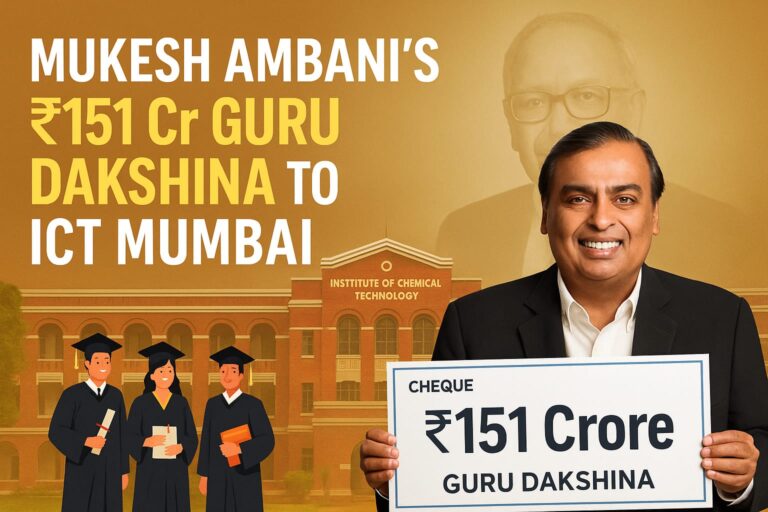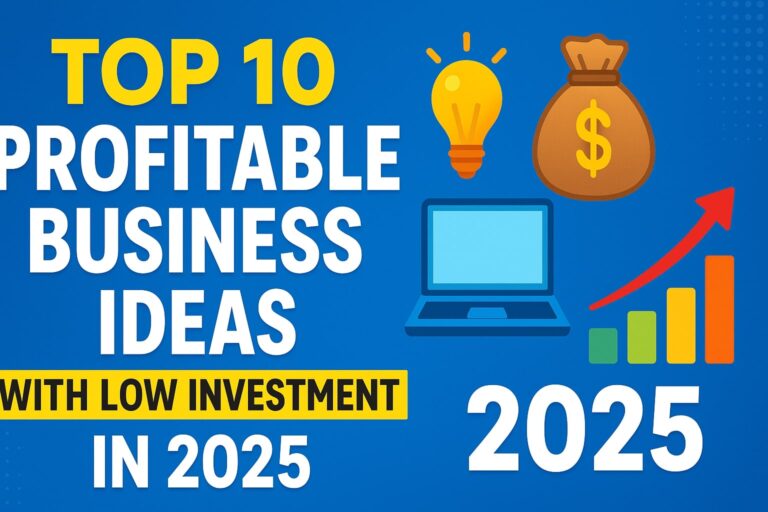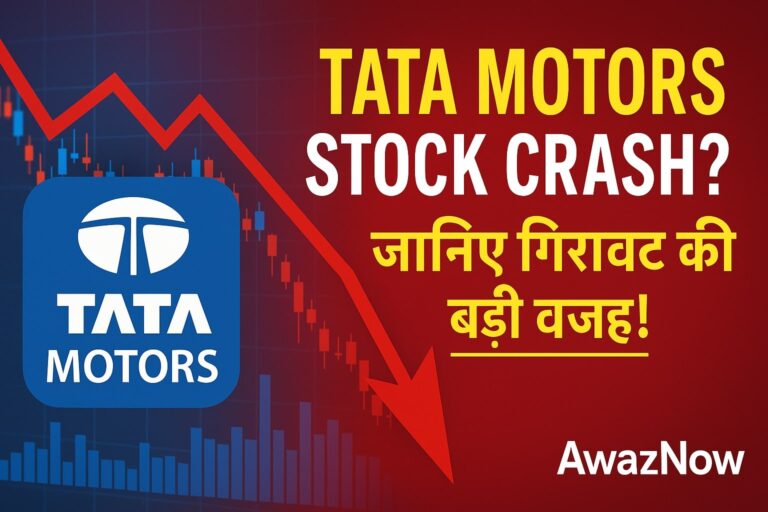When we think of the Indian Premier League (IPL), the first things that come to mind are sixes, thrilling finishes, and a stadium full of cheering fans. But behind all the entertainment lies one of the most successful business models in the world of sports. In fact, IPL is not just a cricket league – it’s a billion-dollar business.
In this blog, let’s break down the IPL business model in simple terms to understand how it works and where all the money comes from.
Franchise Model: The Backbone of IPL
The IPL works on a franchise model, much like how the NBA or NFL works in the US.
When the IPL started in 2008, the BCCI (Board of Control for Cricket in India) auctioned eight team slots. Big businesses and celebrities bought these teams, which are basically franchises. Each franchise owner pays a hefty fee to the BCCI to own and run the team.
Over the years, the number of teams has grown, and so has the value of each franchise. For example, the Lucknow Super Giants franchise was sold in 2021 for over Rs. 7,000 crore.
Main Sources of Revenue in the IPL
Let’s understand where IPL and the franchises earn their money from:
Broadcasting Rights
This is the biggest source of income.
Companies pay massive amounts to get the rights to show IPL matches on TV and digital platforms. In 2022, the IPL media rights for 2023–2027 were sold for a whopping Rs. 48,390 crore. That’s around Rs. 118 crore for just one match. These rights are bought by broadcasters like Star Sports (for TV) and JioHotstar (for digital). They then earn money by showing ads during matches. How it helps the teams: The BCCI shares a large portion of this income with the franchises. So every team earns a fixed share from this massive media pie.
Sponsorships
Sponsorship deals are another major revenue stream. There are three types of sponsorships:
- Title Sponsor: The company whose name appears with the league (like TATA IPL).
- Central Sponsors: Brands that sponsor the league itself (e.g., Dream11, CRED).
- Team Sponsors: Individual teams also get their own sponsors (like logos on jerseys or training kits).
Brands pay crores to be visible during the tournament. Teams also earn by tying up with sponsors directly.
Ticket Sales (Match Day Revenue)
When fans buy tickets to watch matches in the stadium, a portion of that money goes to the franchise hosting the game.
While this revenue was hit during COVID-19, it’s now back and growing fast. A sold-out stadium brings in huge earnings from not just tickets, but also food, drinks, and merchandise
Merchandising
Many fans buy jerseys, caps, and other items of their favorite teams. Though smaller compared to other income streams, merchandise still contributes to team revenue and brand loyalty.
Prize Money
Though it’s not a primary income source, winning teams earn prize money from BCCI. However, most of the franchises don’t depend on this. Their main aim is building long-term brand value.
How Franchises Spend Their Money
Running an IPL team isn’t cheap. Here’s how they spend the money they earn:
- Player Salaries: Each team spends crores in the auction to buy top players. In 2025, Rishabh Pant became the most expensive player ever at Rs. 27 crore.
- Support Staff & Management: Coaches, physiotherapists, analysts – all are on the payroll.
- Logistics: Travel, hotel stays, training facilities, etc.
- Marketing & Promotions: To build the team’s brand and engage fans.
- Operations & Admin: Office work, legal fees, and more.
Despite these high costs, most franchises are now profitable due to increasing revenues.
Digital and Global Expansion
The IPL is also expanding digitally and globally. With the rise of streaming platforms, millions of fans across the world watch matches on their phones. The league is also experimenting with NFTs (non-fungible tokens), fantasy leagues, and international exhibition matches to expand its global reach. All these efforts increase the brand value of the IPL and bring in more revenue
Valuation and Brand Power
According to Brand Finance, the IPL ecosystem was valued at $12 billion in 2025. Some teams like Mumbai Indians and Chennai Super Kings have individual valuations of over $122 million.
Why is this important?
Because high valuation attracts investors, advertisers, and fans. It also means the league has built a strong and sustainable business model.
Why IPL’s Business Model Works So Well
- Limited-Time Event: IPL lasts just around two months, which builds excitement and demand.
- Mix of Sports and Entertainment: Bollywood + Cricket = Massive Audience.
- Massive Fan Base: Cricket is like a religion in India.
- Smart Revenue Sharing: Everyone – from BCCI to franchises to players – gets a fair share.
- Scalable Model: New teams, more matches, global markets – there’s always room to grow.
Conclusion
The IPL is a masterclass in how to run a sports league like a business. From media rights to merchandising, every piece of the puzzle has been designed to create massive value. For fans, it’s about sixes and drama. For businesses and investors, it’s a cash-rich goldmine. If you’re into finance and business, the IPL is a fascinating case study of how entertainment and smart strategy can build a billion-dollar empire in just over a decade.
Source:





